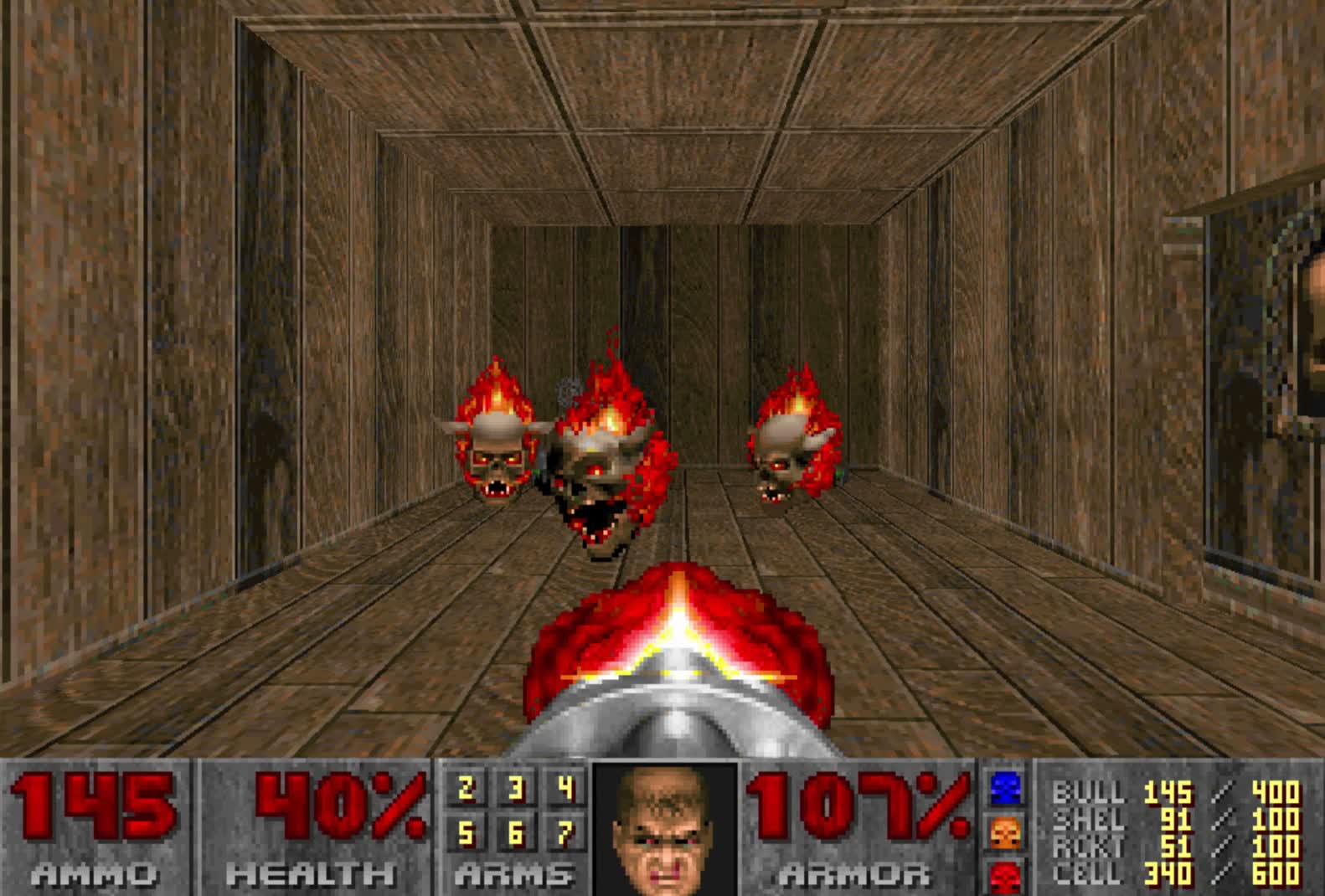In a nutshell: CPU Galaxy is reportedly preparing to host a challenge in which participants must get Doom to run at an average of 25 frames per second using an ISA card. That is no easy task but at least one YouTuber was up to the test and got an early start on the competition.

As Mike from vswitchzero notes, the rules prohibit the use of "newer" boards with PCI slots but you can use any CPU you'd like so long as it adheres to the other guidelines. The game, meanwhile, must be run in high quality graphics mode with the viewable area expanded all the way to the HUD. Phil's DOS Benchmark Pack was used to run the correct demo file.
Mike's test bench is built around an MSI MS-4138, a 5v-only motherboard with solid compatibility that is also quite tweakable. Also along for the ride is a 60-ns RAM module (eight megabytes), an ATI Mach32 graphics card, and an Evergreen upgrade processor based on the AMD Am5x86. Mike went with this CPU due to its front side bus flexibility.
Jumping right in, he left the front side bus set to 33 MHz but changed the ISA divider to 1/3 for an 11 MHz clock (up from 8.3 megahertz). Oddly enough, there was no performance increase when running the Doom benchmark and upon further inspection, it appeared as if a BIOS bug was to blame. One not-so-quick flash to a newer beta BIOS later, and he was back in business.
Retrying the 1/3 divider for an 11 MHz ISA bus clock, the Doom benchmark spit out an average of 21.9 frames per second. To really push the ISA bus, however, Mike needed to up the front side bus. He increased the FSB to 50 MHz and set the multiplier to 3x for a 150 MHz CPU clock, only having to slightly relax the cache write cycle to 2T for stability purposes.
With these settings and a 12.5 MHz ISA clock, he was able to hit an average of 25.1 frames per second in the Doom benchmark. Mission accomplished. With two other dividers to try, however, the journey was far from over.
Related reading: Modder adds ISA slot to modern PC for retro gaming goodness
Back in the BIOS, Mike set the FSB divider to 1/3 for a 16.67 MHz ISA clock. That is a full 100 percent overclock of the ISA bus but remarkably, the system took it like a champ. Doom ran at an average of 30.4 frames per second with no graphics anomalies. All that was left was to try the 1/2 divider for a 25 MHz ISA clock. Incredibly, it worked just fine and he was able to complete the Doom benchmark at an average of 35.7 frames per second.
Mike experimented with a couple of different hardware configurations and other applications but stability issues crept in. Still, it is fun to see what's possible with legacy hardware when really pushing the envelope.
https://www.techspot.com/news/98996-overclocking-challenge-run-doom-25fps-using-only-isa.html